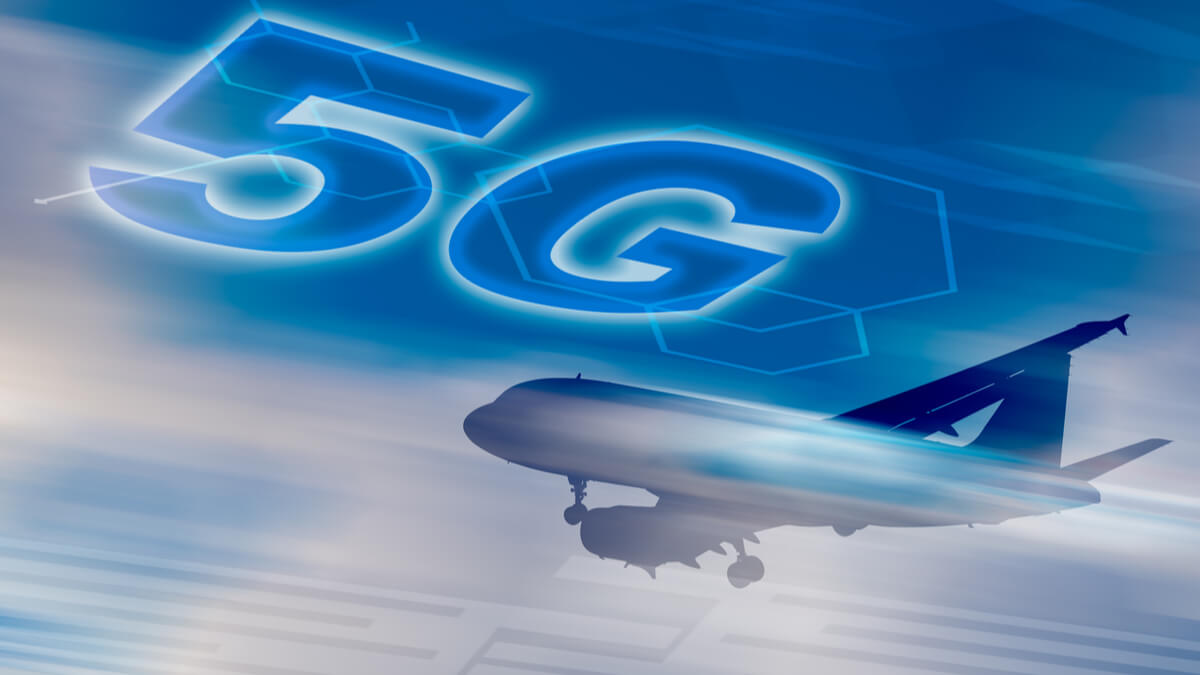The airlines and shipping carriers asked that 5G deployment be delayed within two miles of certain airport runways “to avoid significant operational disruption to air passengers, shippers, supply chain and delivery of needed medical supplies,” the airlines said in the letter addressed to the FAA, DOT, the Federal Communications Commission and National Economic Council director Brian Deese.
Why would airlines be affected by 5G?
The airline industry is concerned because the swath of spectrum AT&T and Verizon plan to use is close to that used by altimeters, which tell aircraft their height above the Earth. This is happening as the two telecommunications giants begin to make use of spectrum they spent tens of billions for last year.
The Federal Communications Commission in 2020 set a spectrum buffer between the 5G band and altimeter spectrum to resolve safety concerns. But the FAA said last month that possible interference from new 5G transmitters could still prevent some pilots from using the instruments.
This came after AT&T and Verizon had pushed back their launch from a planned early December rollout and in November agreed to reduce C-Band signals’ power for six months.
Altimeters operate in the 4.2-4.4 GHz range. This is very close to the 3.7-3.98 GHz range that US auctioned to its mobile companies in early 2021. The spectrum is known as C band and it was auctioned for about $80 billion.
The issue is said to particularly impact Boeing 777 aircraft. The long-range wide bodied aircraft is used by many carriers worldwide, especially Emirates which only flies this model. US airlines have warned the directives could disrupt up to 4 per cent of daily flights.
Is the issue specific only to the US?
The European Union Aviation Safety Agency (EASA), which oversees 31 states, said on December 17 the issue was specific to US airspace. “At this stage, no risk of unsafe interference has been identified in Europe,” it had said.
In 2019, the EU had set standards for mid-range 5G frequencies in a 3.4-3.8 GHz range, a lower frequency than the service set to be rolled out in the US.
The bandwidth has been auctioned in Europe and is in use in many of the bloc’s 27 member states so far without issue.
FAA officials have noted the spectrum used by France (3.6-3.8 GHz) sits further away from the spectrum (4.2-4.4 GHz) used for altimeters in the United States and France’s power level for 5G is much lower than what is authorised in the United States.
In South Korea, the 5G mobile communication frequency is 3.42-3.7 GHz band and there has been no report of interference with radio wave since commercialization of 5G in April 2019.
“Wireless carriers in nearly 40 countries throughout Europe and Asia now use the C band for 5G, with no reported effects on radio altimeters that operate in the same internationally designated 4.2-4.4 GHz band,” CTIA, a US wireless trade group, said in a filing with the Federal Communications Commission.
